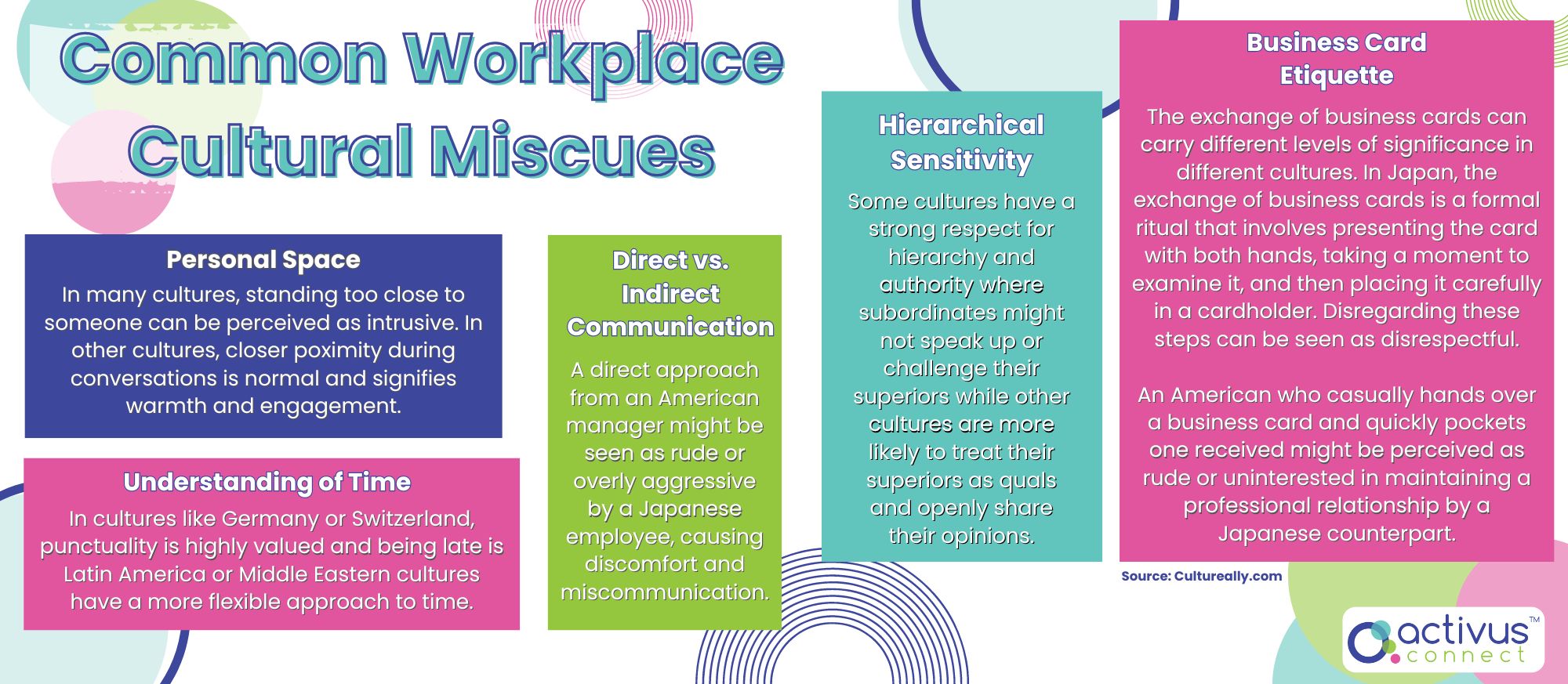
The Covid-19 pandemic accelerated the shift to remote work, creating a landscape where customer service teams now operate across diverse countries, languages, and cultures.
In this hyper-connected world, delivering exceptional service means more than just having a strong internet connection—it requires cultural sensitivity. This crucial skill can define your team’s success, transforming customer interactions, building trust, and fostering lasting relationships.
In this blog, we will explore the importance of cultural sensitivity and how it can elevate your global service experience. Ready to make your service truly world-class? Let’s dive in!
Defining Cultural Sensitivity in Customer Service
Cultural sensitivity involves acknowledging and embracing each other’s differences with curiosity and flexibility, without assigning value judgments. In customer service, displaying cultural sensitivity means identifying customers’ cultural needs and adjusting your approach to accommodate them.
For global remote teams, culture awareness plays a vital role in customer interactions as it enhances communication, empathy, conflict resolution, and prevents misunderstandings. Think of cultural sensitivity as a bridge that connects diverse worlds, allowing smooth passage for communication and understanding.
Key aspects of culture awareness include:
- Recognition – Identifying that cultural differences exist and acknowledging their impact on behavior and communication
- Self-Reflection – Examining one’s own cultural background and biases and understanding how this shapes one’s worldview.
- Knowledge Acquisition – Learning about other cultures, including their values, traditions and practices, to better understand their perspectives.
 The Importance of Cultural Awareness in Global Teams
The Importance of Cultural Awareness in Global Teams
As Peter Drucker famously said, “Culture eats strategy for breakfast.” This is especially true in customer service. When working as a customer service representative globally, you will have conversations with people from all different walks of life.
Acknowledging and accepting the differences in others’ culture is truly the foundation of a successful global team. It plays a pivotal role in building rapport with diverse customers as it allows businesses to connect more deeply and authentically across cultural boundaries.
Communication styles, such as tone and formality, vary significantly across different cultures. Some cultures prefer a more formal tone when interacting with customer service representatives, while others favor a more casual and friendly approach. Mismatched tone and formality levels can feel uncomfortable or unfriendly.
Being insensitive to your customers’ culture can lead to a range of negative consequences that harm customer relationships, internal team dynamics, market growth and a company’s overall success.
Training and Development for Culture Sensitivity
Using digital learning platforms, like e-learning modules and interactive webinars, are one of the most convenient ways to provide education for remote teams. These trainings can include video lectures, quizzes, case studies, and a more one-on-one learning experience where participants can engage in discussions.
Incorporating cultural sensitivity training into the onboarding process can help set the tone for a respectful and inclusive workplace from day one. It ensures that new hires are equipped with the tools to navigate diverse work environments and provides a positive company culture.
DEI Foundations is a 1-hour Diversity, Equity, and Inclusion Training program structured to educate employees and organizations about the importance of creating a diverse, equitable and inclusive workplace.
Conducting regular workshops that introduce the team to different topics, like regional holidays, communication practices and key social behaviors, can be a great method of providing a continuous learning opportunity about cultural norms, values, communication styles, and etiquette.
Best Practices for Culturally Sensitive Customer Service
Effective cross-cultural communication involves a deep understanding of cultural nuances, empathy and adaptability, allowing individuals to bridge the gap of differences in culture.
The right technology can help companies provide personalized and efficient service while interacting with customers to align with different cultural norms and expectations.
AI-powered translation tools and chatbots provide real-time translations for customer inquiries and responses so the agent can communicate in multiple languages, making it easier to serve customers in their native language.
Language and culture-based call routing is another use of technology that is beneficial to service agents working with global customers. Customizable call routing will direct customers to someone who speaks their language or is familiar with their cultural context.
Measuring The Impact of Cultural Sensitivity
Metrics and KPIs (Key Performance Indicators) capture customer satisfaction and the service team’s ability to handle cross-cultural interactions. These metrics can provide insights into how well cultural awareness is being applied and its impact on overall customer experience and business success.
Customer Satisfaction Score (CSAT), Net Promoter Score (NPS), Customer Effort Score (CES) and Agent Cultural Competency Score are all KPIs that companies can use to effectively collect and analyze feedback from customers.
By using these tools, companies can pinpoint where training and practices are working well, and where improvement is needed to better serve a globally diverse customer base.
Conclusion
Cultural sensitivity is no longer a luxury but a necessity for global remote teams. Understanding and respecting culture differences enhances customer satisfaction and strengthens brand loyalty.
Investing in cultural awareness training is one of the most impactful moves an organization can make in today’s globalized marketplace. When organizations prioritize cultural sensitivity, they foster a more inclusive work environment and set themselves apart from competitors.
The return on investment is clear — empowered teams, loyal customers, and growth in a multicultural world.
Have you ever encountered challenges or successes with cultural sensitivity in your customer service teams? Share your stories, ask questions, or offer tips in the comments below. Your experiences can provide valuable insights for others.
—
If you’d like to learn more on this topic, here are some resources for further reading:
